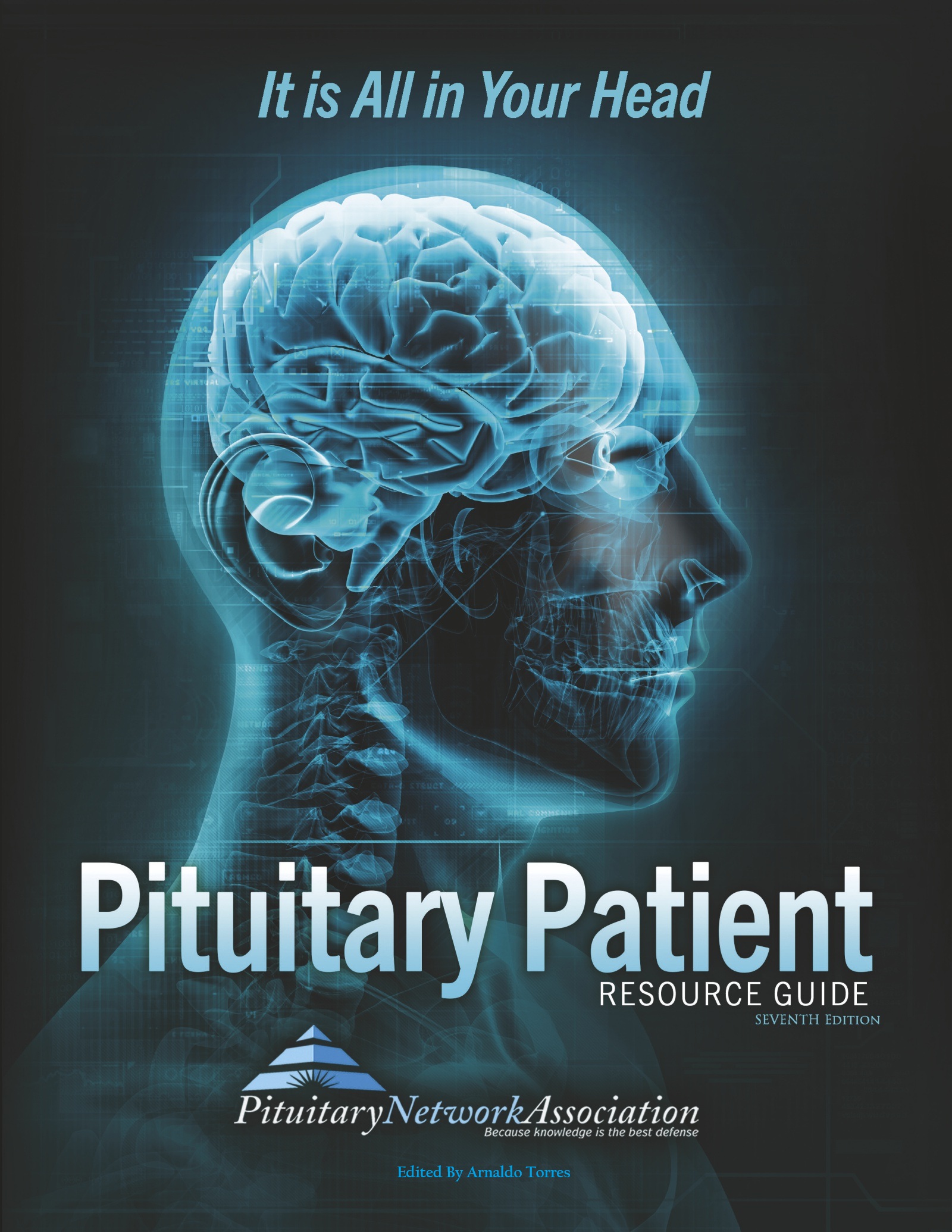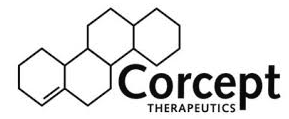Glossary Index by Letter
Optic Chiasm
Area where optic nerves cross over, located just above the pituitary gland, which can be compressed by pituitary tumors and hinder eyesight. At the optic chiasm, nerve fibers from half of each retina cross over to the opposite side of the brain. The fibers from the...
Optic Nerves
Nerves which connect to the eyes providing one's sense of sight. The optic nerve connects the eye to the brain. The optic nerve carries the impulses formed by the retina. The retina is the nerve layer that lines the back of the eye that senses light and creates...
Orbit
The bony cavity containing the eyeball Orbit CT Scan is a procedure that uses x-rays to examine the orbits (eye sockets) and the globes (eyes).
Orthopedics
The medical specialty concerned with the preservation, restoration, and development of form and function of the musculo skeletal system, extremities, spine, and associated structures by medical, surgical, and physical methods. A surgical specialty that utilizes...
Osteoporosis
A condition of reduced bone mass, with decreased outer thickness and a decrease in the number and size of the spongy structures in the bone (but normal chemical composition), resulting in increased fracture incidence. Osteoporosis is classified as primary (Type 1,...
PAI-1
Plasminogen activator inhibitor-1 Plasminogen activator inhibitor-1, a member of the serine protease inhibitor (serpin) superfamily, is the principal inhibitor to tissue-type plasminogen activator and urokinase-type plasminogen activator. Elevated plasma PAI-1 levels,...
Palliative Care
Caring for a patient by maintaining the best quality of remaining life. Also offering support and guidance to the patient and family. Care given to improve the quality of life of patients who have a serious or life-threatening disease. The goal of palliative care is...
Palsy
Loss of function. A general term most often used to describe severe or complete loss of muscle strength due to motor system disease from the level of the cerebral cortex to the muscle fiber. This term may also occasionally refer to a loss of sensory function....
Pancreas
A gland located behind the stomach that secretes digestive (pancreatic) juice into the intestines. The gland also produces insulin and glucagon. A glandular organ located in the abdomen that produces pancreatic juices, which contain enzymes that aid in digestion; and...
Pancreatography
Radiographic demonstration of the pancreatic ducts, after injection of radiopaque material into the distal duct. Radiographic visualization of the pancreatic ducts after injection of contrast material into the pancreas
Panhypopituitarism
Loss of all pituitary hormones. Can be a devastating potentially life threatening situation. May be partial or complete. May involve one or more anterior pituitary hormones. Symptoms are often related to the deficiencies of the target gland hormones.
Papilledema
Swelling of the optic nerve. Indicates increased intracranial pressure on the optic nerve. Also called choked disk.
Paralysis
Loss of muscle function due to injury or disease of the nervous system. Loss of ability to move all or part of the body; severe loss or impairment of motor function in part due to lesion of the neural or muscular mechanism. Paralysis can be complete or partial, and...
Paranasal
Along side the nose Usually refers to the sinus cavities.
Parasellar
Extending into the area surrounding the sella turcica - (beside, behind, or in front of). The sella turcica is the bony structure at the base of the skull in which the pituitary gland rests.
Paresis
Weakness Muscular weakness involving partial or incomplete paralysis. General paresis, or neurosyphilis is an impairment of mental function caused by damage to the nerves of the brain from untreated syphilis.
Paresthesia
Abnormal sensations, such as burning, prickling. A sensation of pricking, tingling, or creeping on the skin having no direct cause and usually associated with irritation or injury to a sensory nerve or nerve root. Also identified by sensory loss, tingling and...
Patency
The state of being freely open or exposed. Unobstructed
Percutaneous
Passing through the skin, as an injection or a topical medicine. Denoting the passage of substances through unbroken skin, as in absorption of an ointment containing the active ingredient; also passage through the skin by needle puncture, including introduction of...
Perfusion
Bathing an organ or tissue with a fluid. The flow of blood or other fluid per unit volume of tissue, as in ventilation/perfusion ratio.






